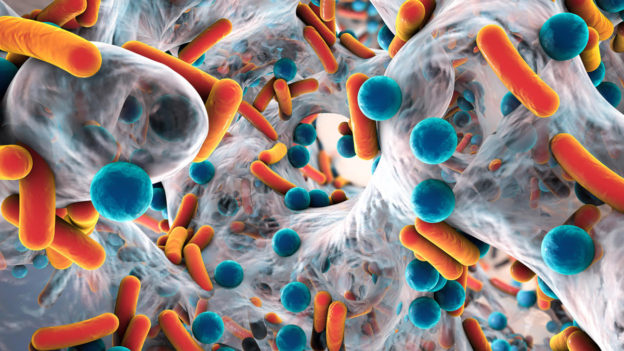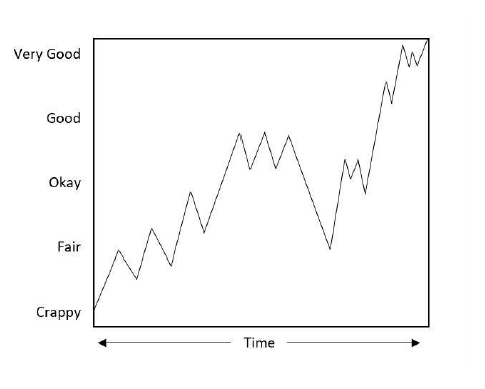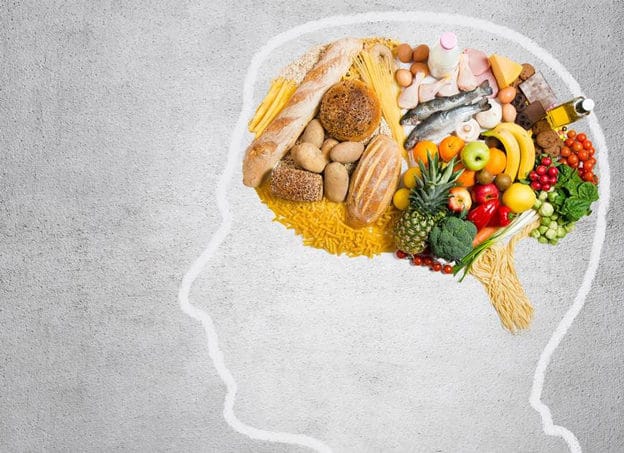According to the National Institute of Health, as many as 5 million Americans age 65 and older may have Alzheimer’s disease and that number is expected to double for every 5-year interval beyond age 65. But Alzheimer’s is only one of many dementia disorders; an estimated 20 to 40 percent of people with dementia have some other form of the disorder. Part of the aging process will always include memory loss for older American men and women. Not every older American will be at risk for Alzheimer’s disease. A healthy lifestyle can play a part in improving your memory.
Foods That Induce Memory Loss
The foods that hinder memory are common staples in the American diet. White breads, pasta, processed meats and cheeses. Research has linked all of these foods to memory loss, dementia and Alzheimer’s disease.
There is a long list of food that may minimize memory function throughout life:
• Processed cheese: American cheese, mozzarella sticks, Cheez Whiz and Laughing Cow- build up proteins in the body that are related to memory loss.
• Processed meats: bacon, smoked turkey from the deli counter and ham- smoked meats like these contain nitrosamines- cause the liver to produce fats that are toxic to the brain
• Beer: Most beers contain nitrites- linked to Alzheimer’s
• White Foods: pasta, cakes, white sugar, white rice and white bread- higher consumption could send toxins to the brain
• Microwave popcorn: contain diacetyl- a chemical that may increase amyloid plaques in the brain
Dietary modifications are not easy to make, but both DASH diet and Mediterranean diet are both beneficial to brain health and memory power. What are best ways to describe these diets? DASH diet means Dietary Approaches to Stop Hypertension, which makes it lower in sodium. The Mediterranean diet has the incorporation of healthy fats and supper foods.
DASH Diet
The DASH diet may assist dieters to reduce blood pressure by a few points in two weeks. A person’s systolic blood pressure could be lowered by eight to fourteen points, to make a substantial modification in possible health risks. The DASH diet has a focus in veggies, fruits, low-fat dairy foods, as well as modest amounts of whole grains, fish, poultry, and nuts.
Grains: 6 to 8 servings a day
Veggies: 4 to 5 servings
Fruits: 4 to 5 servings
Dairy: 2 to 3 servings
Lean Meat, Poultry and Fish: 6 servings or fewer in a day
Nuts, Seeds and Legumes: 4 to 5 servings a week
Fats and Oils: 2 to 3 servings a day
Sweets: 5 Servings or fewer in a week
The goal should be to make healthier choices with a wide variety of picks in different food categories. The variety of food choices keeps the daily diet nutritious and to avoid boredom or extremes.
Mediterranean Diet
The Mediterranean diet has a focus of fish, fruits, veggies, beans, high fiber breads and whole grains, nuts, as well as olive oil. Meat, cheese, and sweets are very limited. The Mediterranean diet, an average of 35% to 40% of calories comes from fat. The fats allowed in the Mediterranean diet are mainly from unsaturated oils such as fish oils, olive oil, and certain nut or seed oils (canola, soybean or flaxseed oil) and from nuts (walnuts, hazelnuts and almonds), which can be protective to the human heart.
A Mediterranean diet may:
• Prevent heart disease
• Lower the risk of a heart attack
• Lower cholesterol
• Prevent type II diabetes
• Prevent metabolic syndrome
• Stroke
• Alzheimer’s disease and other dementia
• Depression
• Parkinson’s disease
The customary Mediterranean diet calls for:
• Eating a variety of fruits and vegetables: grapes, blueberries, tomatoes, broccoli, peppers, figs, olives, spinach, eggplant, beans, lentils and chickpeas
• Eating a variety of whole grains: oats, brown rice, and whole wheat bread, pasta, and couscous
• Choosing healthy fats: nuts, olive oils, and certain nut or seed oils like canola, soybean, and flaxseed.
• Limit unhealthy fats: butter, palm oil, and coconut oil. Limit fats found in animal products, such as meat and dairy products made with whole milk.
• Eating mostly vegetarian meals: whole grains, beans, lentils, and veggies
• Eating fish: tuna, salmon, mackerel, lake trout, herring, or sardines
• Eating moderate amounts of low-fat dairy: milk, cheese or yogurt
• Eating moderate amounts on poultry and eggs
• Limiting red meat: a few times a month
• Limiting sweets and desserts: few times a week
A healthy lifestyle can play a part in improving your memory. The human brain needs healthy fats, fruits, veggies, lean protein, and sufficient vitamins and minerals. Food choices will always play a role in healthy brains.
This blog was written by guest blogger: Tracy Williams. She has her degree in Nutrition and Dietetics from Dominican University. She enjoys freelance writing and public speaking related to nutrition topics. Please feel free to connect with her at
www.tracysplate.com.










